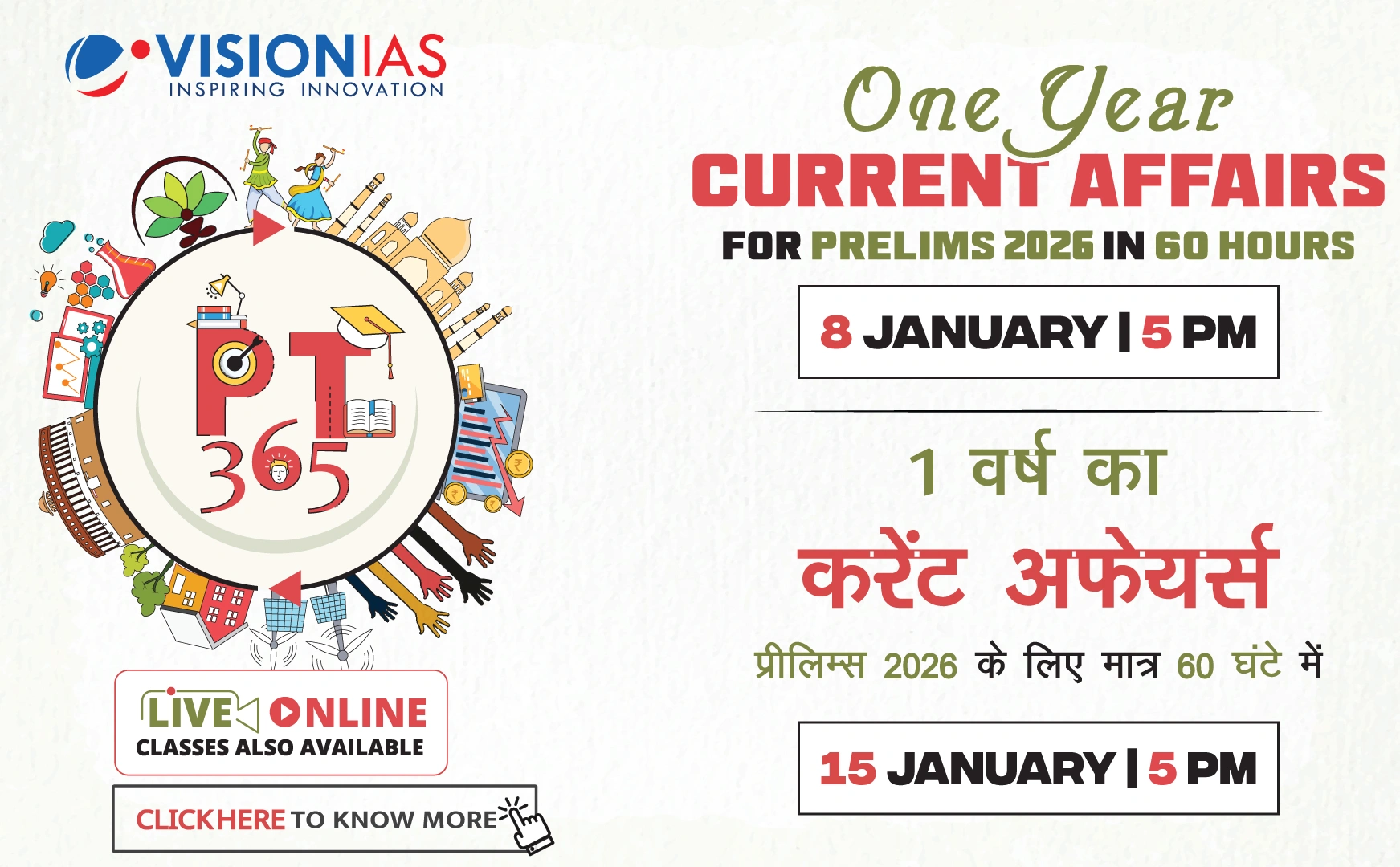Transition from Fossil Fuels to Renewables
As India transitions from fossil fuels to renewable energy (RE) sources like solar, wind, and hydropower, numerous challenges arise. Currently, India's RE capacity is approximately 43% and aims to increase to 50% by 2030, eventually reaching 100% non-fossil capacity.
Challenges in Renewable Energy Storage
- RE sources often lack consistent availability, making storage critical for a 24-hour power supply.
- Current storage solutions include battery storage and Pumped Hydropower Energy Storage (PHES).
- Batteries face challenges due to reliance on rare minerals like lithium, and they require frequent replacements.
- River-based PHES is reliable but comes with environmental and social risks, such as land acquisition and disruption of river flows.
Emerging Solutions: Off-River Pumped Hydropower Storage (ORPHES)
- ORPHES, also known as closed-loop Pumped Hydropower Storage, offers a more controlled and reliable solution.
- Requires two reservoirs at different heights, using the same water to generate power, reducing environmental damage.
- Costs and social impacts are lower compared to conventional methods.
- Satellite data suggests numerous suitable sites globally, with significant potential.
Global and National Initiatives
- Countries like China, the USA, and Japan are leading in ORPHES development.
- India's first ORPHES project was established in 2008 in Purulia, West Bengal.
- Currently, India has 75 ORPHES proposals, with 44 projects completing surveys and investigations.
Policy and Incentive Measures
- RE projects in India are encouraged to incorporate up to 20% storage capacity.
- The Ministry of Power is facilitating private and public sector involvement by removing approval requirements.
- Battery storage has received significant incentives; similar support is needed for ORPHES to mature.
In conclusion, the synchronization of renewable energy generation with storage solutions is vital for a reliable power supply, which is fundamental to India’s economic growth and sustainable development.







